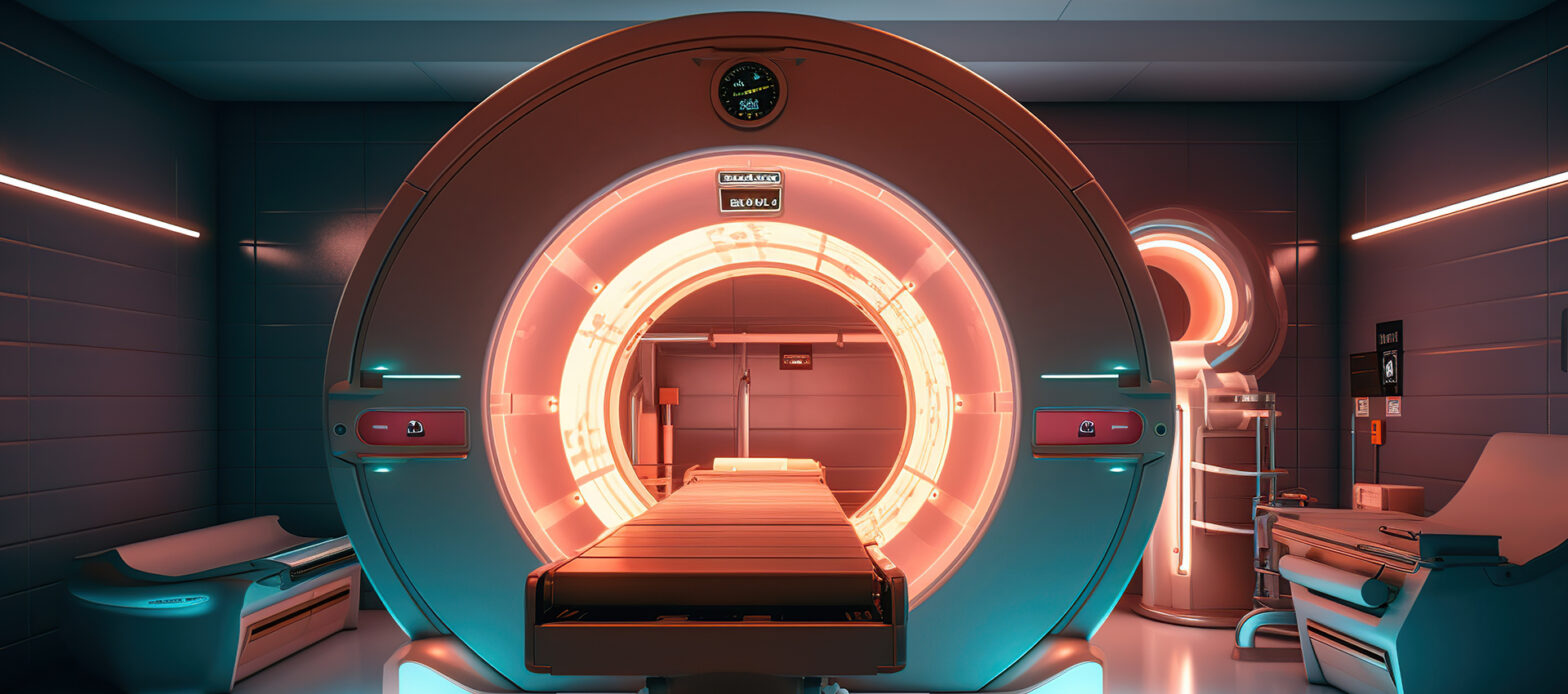
Radiation rooms are an integral part of any medical facility, and it is essential to ensure that these areas are safe for medical personnel and patients alike. One way to enhance safety in these rooms using RF imaging is through shielding and lead lining. In this blog, we will explore both techniques and how they contribute to enhancing safety in radiation rooms.
RF (Radio Frequency) imaging is a type of technology that utilizes electromagnetic radiation to create images of the human body. This imaging technology is safe for use in radiation rooms as it does not ionize particles or cause any physical harm to the human body. RF imaging is an excellent tool for diagnosing medical conditions such as cancer, heart disease, and neurological disorders.
RF imaging technology works by emitting radio waves that penetrate the body and interact with the body's water molecules. The waves then bounce back, and the signal is analyzed by a computer to create an image. This process does not require the use of radiation, making it a safe option for detecting various medical conditions.
RF (Radio Frequency) shielding in medical imaging rooms is essential to prevent any kind of interference from external sources which can affect the quality of the image produced. Magnetic Resonance Imaging (MRI) and Computerized Tomography (CT) scanners generate significant amounts of RF energy which can greatly affect the quality of the image if it passes or is exposed to external sources of interference, leading to image artifacts or in severe cases, errors in diagnosis. Some of the methods for achieving RF shielding in Medical Imaging rooms include:
Lead lining is another technique used to enhance safety in radiation rooms. Lead is a dense material that effectively blocks radiation exposure. It is commonly used in medical facilities to line the walls, floors, and ceilings of radiation rooms.
Lead forms an effective barrier that prevents ionizing radiation from escaping into other areas of the facility. When lined with lead, radiation rooms become safer for medical personnel who work in these rooms, and patients who undergo radiation treatment.
RF shielding and lead lining are essential tools for enhancing safety in radiation rooms. RF imaging offers an excellent diagnostic tool that is safe for use in these environments as it does not use radiation. Meanwhile, lead lining acts as an effective barrier, preventing the harmful effects of ionizing radiation from spreading outside the radiation rooms.
Medical facilities must prioritize the safety of their personnel and patients. The use of RF shielding and lead lining is one way to ensure that medical facilities provide the best possible care while minimizing risks to personnel and patients alike.
OxyMed offers various radio imaging products with high safety standards across India, Central Asia, Africa, Middle East (Dubai-UAE). Connect with us @ https://oxymedz.com/ for expert advice on RF Imaging and shielding solutions.